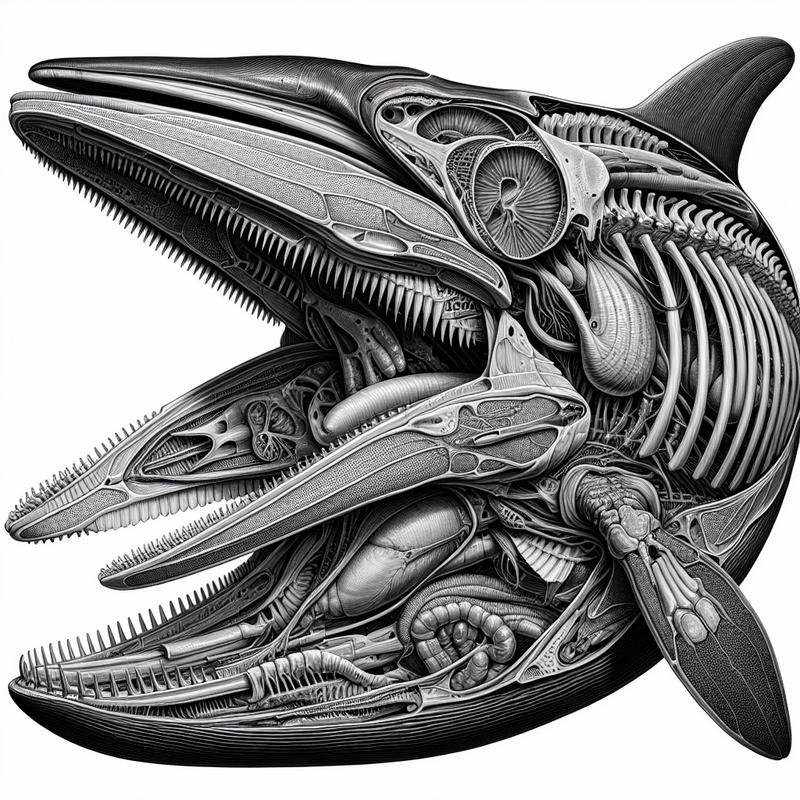In an unprecedented scientific event
researchers in New Zealand have undertaken the anatomical examination of a spade-toothed whale carcass, a creature so scarce it holds the title of the most enigmatic whale species presently known. Following the stranding of a large 16-foot, approximately 3,000-pound individual along the coast of the South Island in July, the event sparked international interest among oceanic scholars.
Photographic evidence of the beached marine giant allowed Anton van Helden, a marine science adviser with the Department of Conservation, to identify the species, despite recuperating from an operation at the time. “I immediately went, ‘Oh my goodness, it’s a spade-toothed whale!’ A lot of people didn’t believe me,” he relayed to CNN. His skepticism was justifiable since sightings of this whale are exceedingly rare, with no living encounters on record and previous opportunities for comprehensive study having been non-existent.
Classified within the beaked whale family, the spade-toothed whale is known for diving to extraordinary depths in the remote expanses of the South Pacific Ocean. Before this examination, the scientific community’s understanding of this elusive species was confined to sparse jaw and tooth fragments dating back to the 1800s, along with more recently discovered partial remains.
Pooling of Expertise and Wisdom
The examination entailed a fusion of traditional Māori perspectives and contemporary scientific methodologies. Anton van Helden remarked to the Guardian on the importance of the event, saying, “We’re working around a dead animal, but it’s telling us about how it [began], and also that’s unpacking all of the life stories of the people involved around it.”
Representing tribal interests, Rachel Wesley acknowledged the synergistic approach, emphasizing how “Not only was this tohorā (whale) the first of its kind to be examined by scientists, but it also marked the first occasion our hapū (subtribe) collaborated with scientists, integrating Indigenous and Western ways of knowing to enhance our collective comprehension of the whale’s behaviors and ecology.”
Significant discoveries from the examination included the presence of rudimentary teeth in the upper jaw, indicative of an evolutionary lean towards suction feeding, and a complex nine-chambered stomach containing squid beaks and lens fragments,-establishing squid as a core element in the whale’s consumption patterns.
Indications of a violent demise were unveiled through signs of bruising on the skull and a fractured jaw, leading investigators to conclude that cranial injury was the whale’s cause of death. Scientific inquiry into the nature of the spade-toothed whale is continuing, with efforts encompassing further measurements and advanced imaging through a CT scan in a bid to demystify the life habits of the creature.
After the scientific work concluded, the whale’s remains were respectfully distributed, with the Māori community safeguarding the revered jaw and teeth, while the remaining skeleton, augmented by 3D-printed replicas of the specially retained pieces, is destined for public display at the Tūhura Otago Museum in Dunedin, offering a rare peek at one of Earth’s most elusive mammals.
Reflecting on this landmark dissection, van Helden encapsulated his experience, stating, “It’s a week I’ll never forget in my life. It’s certainly a highlight, and it’s the beginning of the narrative regarding this majestic being.”







